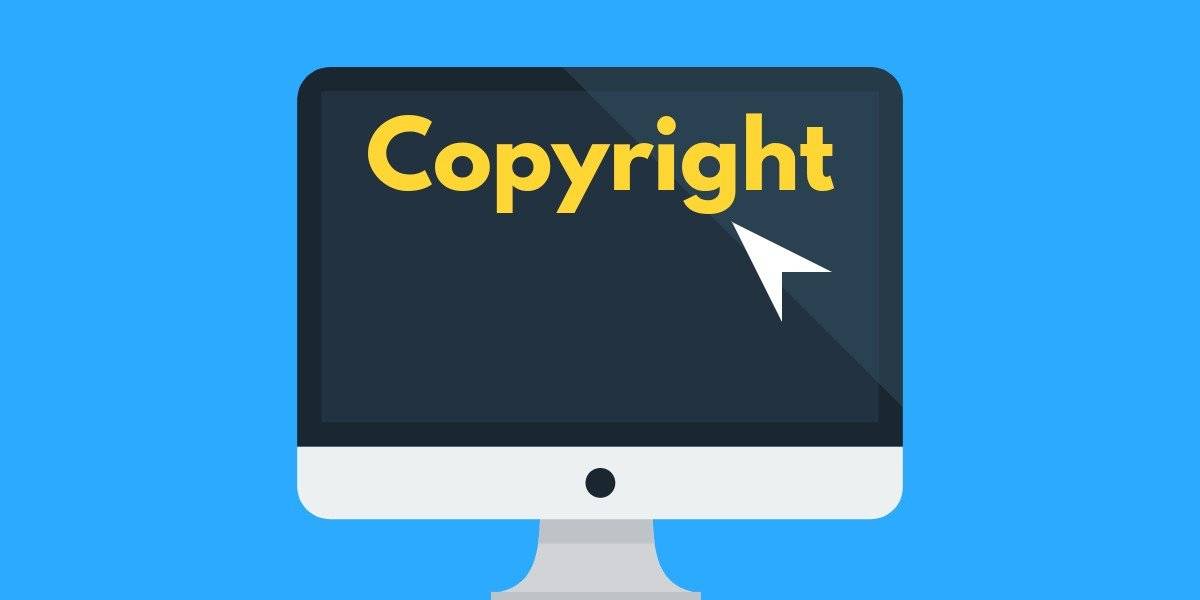This post was first published on February 19, 2010.
Open Source Software (OSS) has certain advantages when compared to proprietary software. It comes with the following benefits:
a. The software may be downloaded for free;
b. Source code of the software is available, which enables improvement and customization;
c. The software generally has a community and the development is faster;
d. Support and implementation services are available from multiple sources; and so on.
As OSS always comes with a license, the rights and limitations with respect to the use of the software is defined by the kind of license that governs the software. Based on the restrictions imposed, licenses may be classified into viral, restrictive and flexible. A viral license is one that spreads to every software it comes in contact. In other words, if any software is combined with OSS that is governed by a viral license, such software will also be governed by the license. GNU General Public License (GPL) and Affero General Public License (AGPL) are popular examples of viral licenses. If OSS governed by any such license is distributed along with a proprietary software, more often than not the source code of the proprietary software also must be made available and the proprietary software will also become open source.
Restrictive licenses generally have all provisions of a viral license but do not spread to every software combined with OSS. These licenses generally provide flexibility with respect to distributing OSS combined with a proprietary software. In such a case, the source code of the proprietary software need not be made available and it may be distributed under a license of choice. Examples of such licenses are Mozilla Public License (MPL), Common Development and Distribution License (CDDL) and so on.
Flexible OSS licenses are licenses that permit use and distribution of the software in any manner with only restrictions regarding attribution and publicity. OSS available under these licenses may be distributed without source code and under a proprietary license. These licenses permit unrestricted modification and distribution of the software as long as notices are kept intact. BSD style license and, Apache License are examples of such licenses.
Using an OSS available under a flexible license gives broader rights and flexibilities when compared to a viral license. As all kinds of licenses require attribution and do not come with any kind of warranty and liability, decisions with respect to use of OSS must be made after carrying out appropriate risk analysis and due diligence. Most companies use OSS only after conducting a patent search, analyzing the contributor’s background and so on.
In addition to evaluating risks, it is also important to ensure that all OSS license provisions are complied. Each license comes with a set of conditions that must be followed during distribution of the software. Such conditions must be met to avoid any kind of litigation. Recent settlements between Free Software Foundation and SISCO, Busy Box and Monsoon and so on have shown that non-compliance of a OSS license may result in payment of huge settlement amounts and bad will from the public.
Use of OSS is very beneficial to companies as it enhances development speed. Most companies today have developed business strategies around the OSS model. Though use of OSS is very tempting and brings many benefits, appropriate analysis must be done before using a software. Care should be taken to avoid risks and to ensure compliance with license terms.



